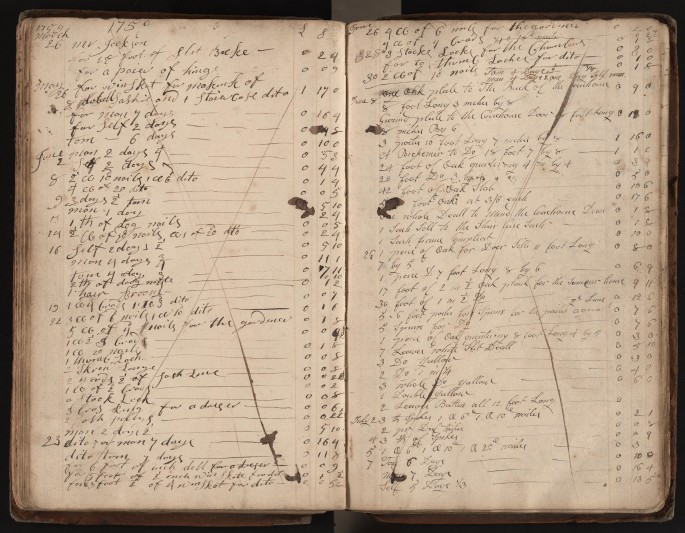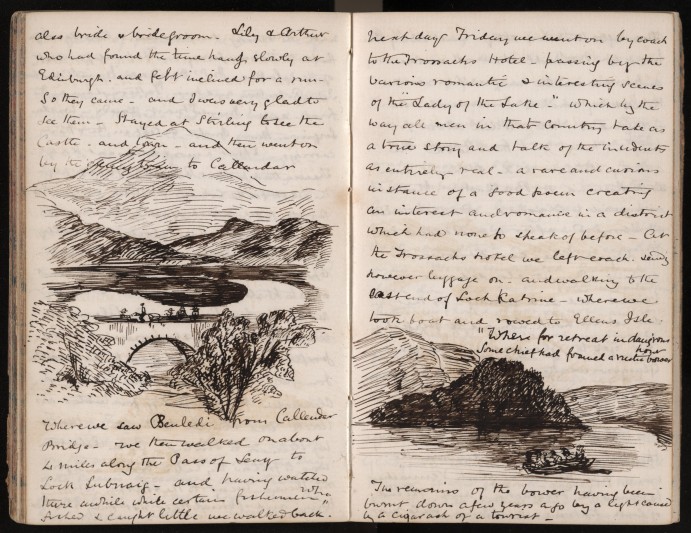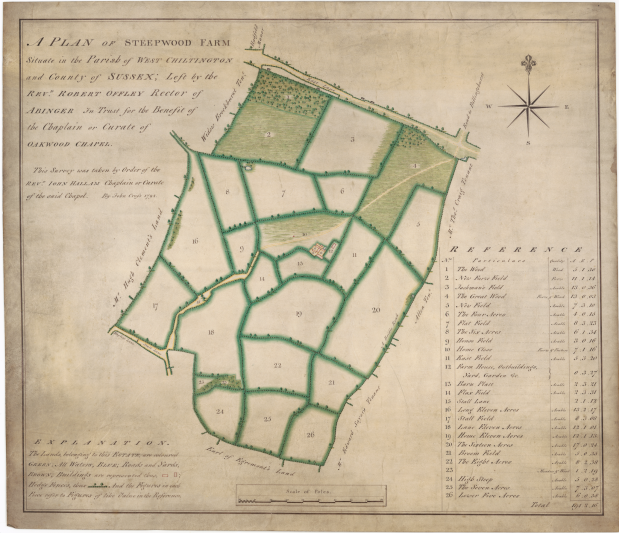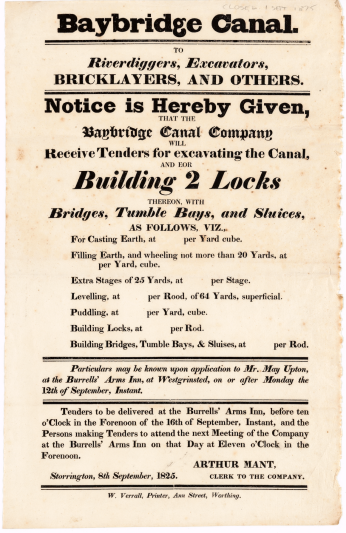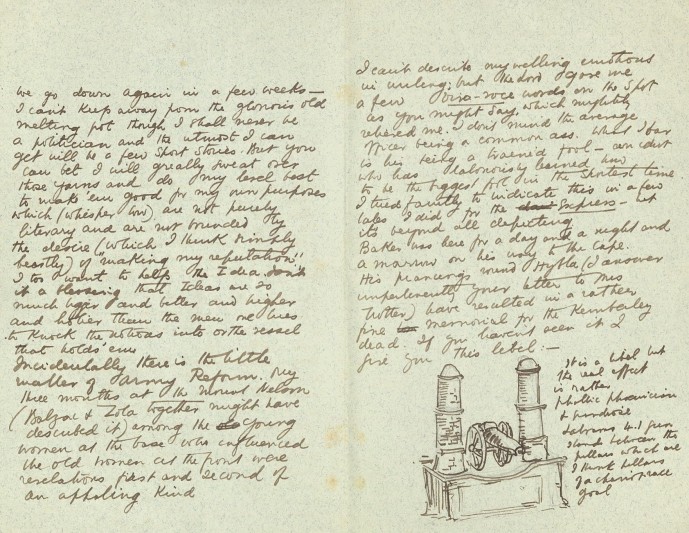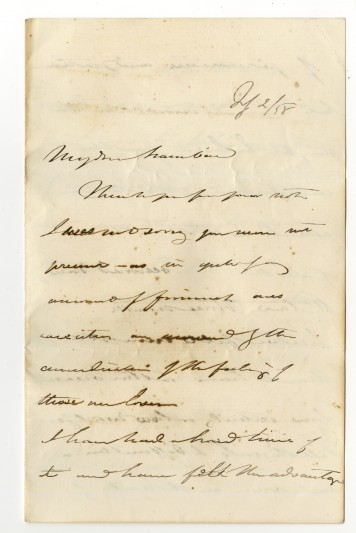This volume provides a fascinating insight into domestic and material culture in the 18th century with reference to payments for linen and furniture alongside the purchase of crops and other good such as coal, straw, and apples. References are made to taxes (‘…for one years Window Tax £01-00-00’) and to disbursements made by Pilbeam in his role as Churchwarden (‘2 Church lockes’ and ‘wine for the communion’).
Search FNL grants since 1931
Medieval deeds from such an early period are rare survivals and West Sussex Record Office
. Medieval deeds provide an important insight into property ownership and transactions and also document people who may have owned adjoining property or acted as witnesses to a transaction. As such, they are invaluable resources for local and family historians from a time when few other written records survive to shed light on local residents.
Diaries can be some of the most powerful documents that we hold, providing a fascinating insight into the inner lives of people in the past. The diary of Francis Fearon is no exception. Fearon was Steward of Cuckfield Manor between c 1874 and 1890 and other documents in the archives at West Sussex Record Office suggest that he acted as solicitor for the Sergison family, owners of Cuckfield Manor. We otherwise knew very little about him but this diary provides an insight into his day-to-day activities, interests and the milieu in which he moved.
The map fills in an important gap in the history of the title of the property providing evidence that Robert Offley left the farm in trust for the benefit of the Chaplain and Curate of Oakwood Chapel in Wootton, Surrey, with the map having been commissioned by the curate of Oakwood Chapel at the time, John Hallam. For this reason, and the fact that West Sussex Record Office otherwise does not have any estate maps which directly refer to Steepwood Farm, it is a particularly valuable addition to the collections.
The collection provides an important insight into the establishment and operation of the Baybridge Canal Company from its inception in 1825; accounts from that year record expenses incurred in preparing the Baybridge Navigation Act and producing handbills and advertisements inviting tenders for digging the canal and building locks. The collection also contains one of the handbills referred to in the accounts. A page of accounts from 1826 records expenditure on the construction of an iron bridge and later accounts refer to the ongoing expenses involved in maintaining the canal, such as labour for ‘throwing mud out of the river’ in May 1831 and the purchase of oil for the locks on 24th June 1831.
This lot comprised nine deeds only one of which was relevant to West Sussex, the other eight were donated to seven other archive services around the country. FNL is happy to respond to applications for grants which employ this sort of collaborative approach.
Born in London, Pugin was one of the most significant architects, designers and theorists in the history of British design and architecture. His ideas underpinned the 19th-century Gothic Revival and paved the way for the Arts and Crafts movement in Europe and America. Pugin’s influence remains strong today in both urban and rural landscapes, through his buildings and interiors and his lasting impact on design. These drawings date from the late 1830s until 1851 and are almost all working design drawings in Pugin’s hand, many dated and signed by him, ranging from initial sketches in pen and ink to finished designs coloured in watercolour.
Rudyard Kipling and his family made several visits to South Africa between 1898 and 1908 for winter holidays and, whilst there, he was introduced to Edmund Garrett. It is likely that shared opinions and inquisitive minds brought Kipling and Garrett together. Both were deeply interested in the political situation in the region and, as documented in one of the letters, maintained a vision of a ‘Federated States of South Africa’ which would sit within the British Empire but have autonomy over governing its affairs. Thus, Kipling’s writing offers an insight into his opinions at a pivotal time for South Africa’s relationship with the United Kingdom as the former moved towards independence, something which was nominally granted by the South Africa Act of 1909.
The most complete of its kind, this survey depicts the tracks of HMS Investigator, under the command of Robert McClure, between 1850 and 1851 during its search for John Franklin’s ill-fated expedition to the Arctic. HMS Investigator had originally set out with HMS Enterprise under Captain Collinson, but they became separated off the coast of Chile. McClure, who had already visited the Arctic with George Back in 1836-7 and Sir James Clark Ross in 1848-9, continued north and the ships did not meet again on their expedition.
A rare autograph letter from the Victorian engineer Isambard Kingdom Brunel to his son Isambard who was then studying at the University of Oxford. It was written soon after the launch of the SS Great Eastern steamship. The 10-page letter was sent on 2nd February 1858 after a fraught and stressful period in the engineer’s life: difficulties encountered during the construction of the huge ship had been made worse when the vessel resolutely refused to budge from the shipyard on the side of the Thames at Millwall during its first attempted launch on 3rd November 1857.
